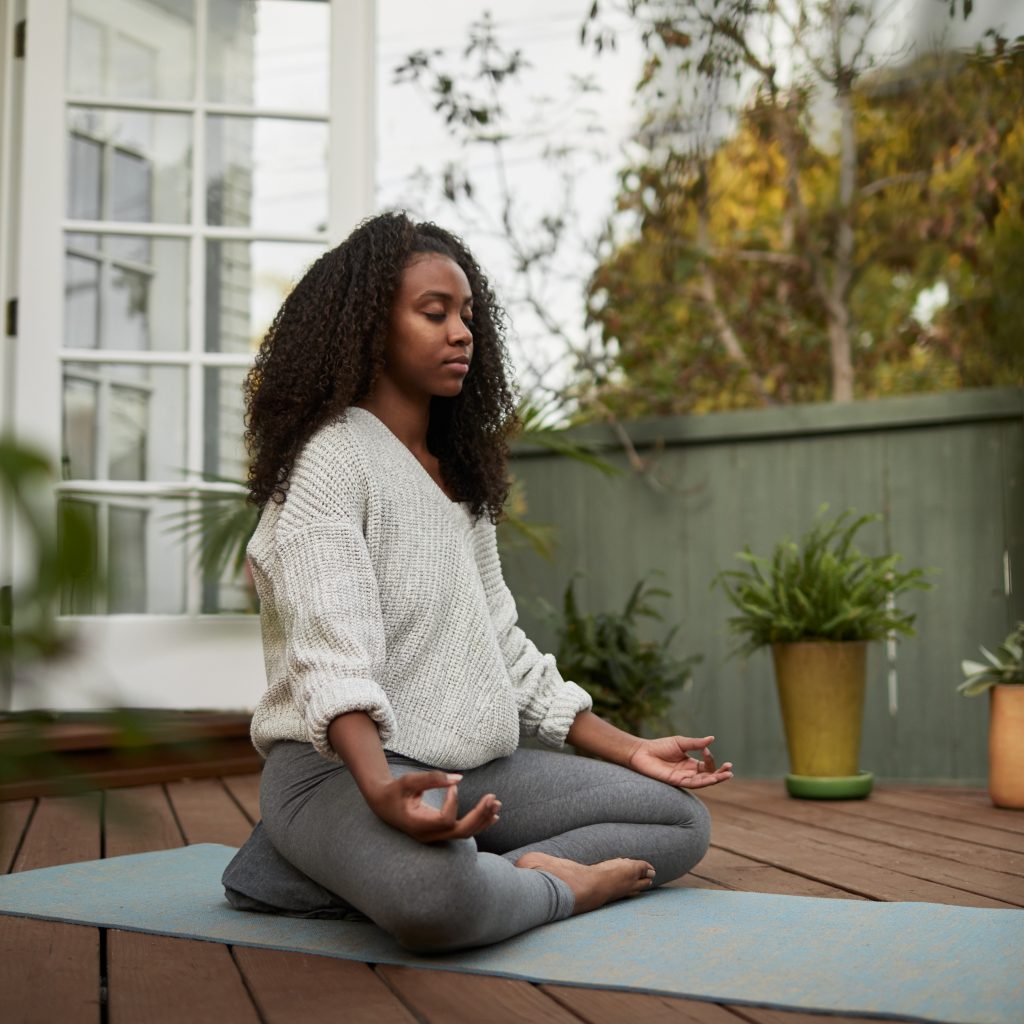
## Establishing an Authentic Meditation Practice: Welcoming the Effort and the Periods of Quietude
Meditation stands as one of the oldest and most impactful methods for enhancing self-awareness, achieving mental clarity, and fostering emotional health. Yet, even with its straightforward premise—seeking quietude and observing our thoughts—creating a reliable and authentic meditation practice often proves to be quite difficult. In our hurried, productivity-focused society, carving out time to pause, reflect, and simply exist can seem like a monumental challenge. Nonetheless, the reality is that, amid the bustle and clamor, we **all require instances of stillness.**
### The Significance of Stillness in a Busy Environment
Contemporary life frequently celebrates constant activity. Many individuals find themselves perpetually attached to work, social media, or numerous obligations, which can cultivate a pervasive sense of anxiety or restlessness. It can appear that every moment must yield something concrete—be it progress, solutions to challenges, or ticking off tasks from our ever-expanding to-do lists. This unyielding compulsion leaves scant space for stillness, contemplation, or mindfulness.
Meditation acts as the remedy to that chaos. It provides a moment to intentionally step away from the barrage of demands and seek a tranquil space within ourselves. However, for numerous individuals, the challenge lies not in grasping the advantages of meditation; it’s in adhering to it and making it feel genuine and advantageous rather than just another obligation.
### Why Establishing a Meditation Routine Can Be So Tough
When I ventured into mindfulness, yoga, and meditation several years ago, I faced the same obstacles that many encounter. I was perpetually fueled by anxiety, entwined in the belief that my value was directly proportional to my productivity. The concept of quietly sitting with my thoughts seemed both alien and somewhat daunting.
Entering a meditative state proved to be quite a task. Instead of instantly experiencing tranquility, I often discovered that my thoughts surged wildly, leaving me feeling more anxious and frustrated than initially. Like many, I was under the misapprehension that meditation should be effortless—after all, how challenging could it be to sit quietly and breathe?
Yet, herein lies the true challenge: the mind resists stillness. Overthinking, distractions, and the desire to be “productive” obstruct the path to a genuine meditative practice.
### Accepting the Truth of Being a Beginner
After several years of dedicated yoga, mindfulness, and meditation practice, I’ve arrived at a humbling recognition: I remain very much at the outset of my journey. Instead of being disheartened by this, I’ve learned to welcome it as a progressive journey. In mindfulness communities, it’s frequently stated that even the most seasoned practitioners still perceive themselves as novices, perpetually learning and refining their practice.
For both newcomers and seasoned practitioners, it’s vital to acknowledge that meditation represents a lifelong expedition that may never arrive at a stage of complete “mastery.” Each session unfolds differently, and every day presents fresh challenges. The essential point is not to evaluate your progress based on how serene or still you feel, but by your ongoing dedication to the practice—showing up, sitting down, and trying again.
### The Gradual Benefits: Meditation Becomes Simpler Over Time
One of the crucial insights I’ve gained is that meditation indeed becomes easier as time goes on. While it may initially seem torturous, with a mind that continuously wanders, I’ve reached a stage where my meditation practice has evolved into a true source of solace and relief.
Instead of grappling with my thoughts, I’ve come to regard them as fleeting clouds—acknowledging them before allowing them to pass. Each session may differ; some days are profoundly soothing, while others feel restless. Yet, irrespective of the day’s mental landscape, the simple act of halting and sitting with myself brings a moment of tranquility that I carry throughout my day. These gradual improvements, often overlooked, are where meditation begins to weave its enchantment.
### Surmounting Initial Frustration
In the initial stages of meditation, it’s simple to fall into a cycle of frustration. Attempting to impose stillness is one of the most paradoxical approaches to the practice. Like many novices, I grappled with impatience. I longed for swift outcomes (more calm, less stress), but it often appeared that I was failing, as though I wasn’t ‘succeeding’ in meditation.
The pivotal moment came when I allowed myself to **release expectations.** Meditation isn’t about attaining a particular outcome; it’s about cultivating a relationship with the present moment, in whatever form it takes. At times, meditation unveils our tumultuous thoughts, while at other times, it calms our fears.
It wasn’t until I addressed the root causes of my anxiety—such as starting therapy—that I genuinely began to quiet the noise in my mind and appreciate meditation for what it truly is: a practice, not a performance.
### Uncovering the Right